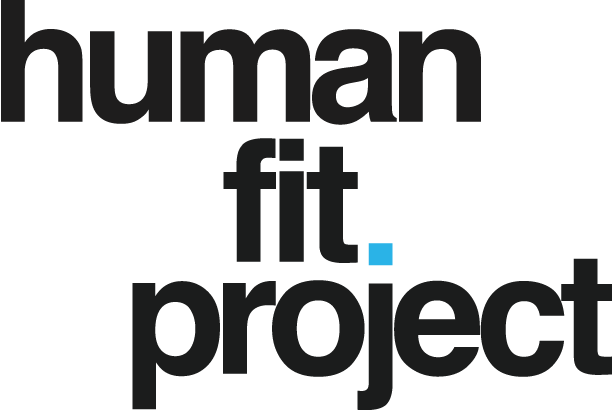If you haven’t worked out in a while, or never picked up a dumbbell before in your life, VBWP, or the very beginner workout plan, is the perfect place to start. It’s a slow build, then you’ll progress quickly, and you can add more sets to strength exercises or more duration to your cardio workouts whenever you feel comfortable.
Related FAQ: I haven’t worked out in years! What do I do?
If you truly are a very beginner, we also suggest you read the following posts:
25 of the best foods for starting a new diet
The perfect day of eating for lean muscle
20 of the best exercises and how to do them right
How to optimize your day for brain & body performance
If you think this might be a bit too beginner for you, check out any of our 30+ free workout plans here.
How the Very Beginner workout plan works
The primary focus of the Very Beginner workout plan is to slowly build your body up to be able to take on more of our challenging HFP programs in the future. To do that you’ll want to do the following: Improve or increase joint range of motion, improve the stability of those joints, strengthen your core muscles, and develop a baseline level of cardio. Following a basic structure will set you up for success. Once you feel ready for more, you can progress within this plan, or move onto one of our other 30+ free plans.
Directions
Complete three (3) bodyweight strength workouts per week and two (2) cardio workouts per week including a minimum of three (3) mobility/range of motion routines per week. This might seem like a lot, but they can be done all in one session. (Example: You could warm up with a mobility routine, do a bodyweight strength workout next, and finish with a cardio burst.) Alternatively, the mobility/range of motion routines are gentle stretches that you can easily use before you go to sleep.
After you finish your four weeks, you can cycle through the plan again, but try and add extra sets per exercise and 10-15 minutes more onto your cardio sessions.
The Very Beginner Workouts
Bodyweight strength: Perform 3 days per week with a day of rest in between.
Warm-up: shoulder circles (10-20 seconds each direction), lateral hip swings (5-10 / side), jumping jacks (30 seconds)
1. Plank x as long as possible
2. Superman x 10
3. Bodyweight squat x 10
4. Bodyweight forward or reverse lunge x 10 / side
5. Push-up x as many as possible
Perform 3 sets of each exercise with 30-60s rest in between before moving onto the next exercise. In week 3 or 4, increase to 4 or 5 sets with 30s rest.
Baseline cardio: Perform this workout 2 days per week with a day of rest in between. You can also do this after your bodyweight strength workout twice a week (avoid doing it beforehand and doing strength in a fatigued state)
For 30 minutes, hop on a bike or the treadmill and move at a comfortable pace (think 5-6 out of 10 in terms of intensity). In week 3 or 4, bump up your duration to 40 minutes.
Mobility/range of motion: Perform this workout as many times per week as you’d like in addition to your other workouts. Pro tip: It’s a great ritual to start or end your day as there’s no equipment required and you can do it right in your bedroom.
Your New Beginner Mobility Routine
View this post on Instagram
Walk-out to push-up x 5
Cossack squat/lateral lunge x 5 side
Scorpion x 2-3 side
Single-leg deadlift & stretch x 6-8 side
Repeat 2x
How to progress from the Very Beginner workout plan
Check out the Foundation workout plan, the Introduction plan, the Redemption plan, and the Reconstruction plan.
Advancing even further in your fitness?
Check out the Recession workout plan, the Unlabeled workout plan, and the 10x10s. To learn some more advanced moves, check out our feature on 10 exercises to work into your new routine, and challenge your body control with 25 ways to give your core a great workout.










